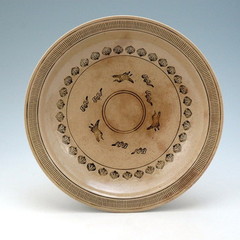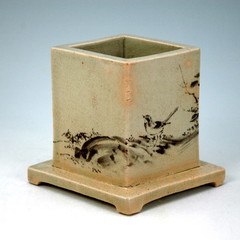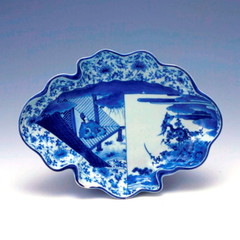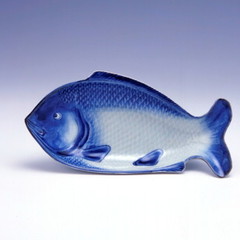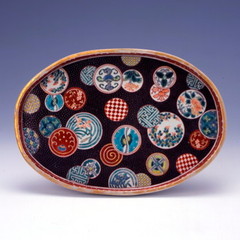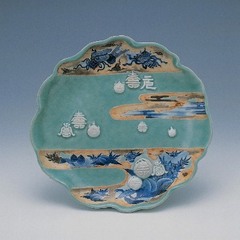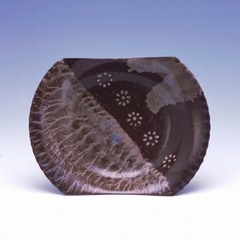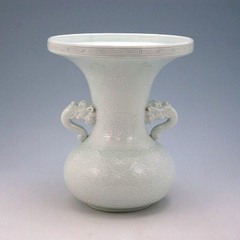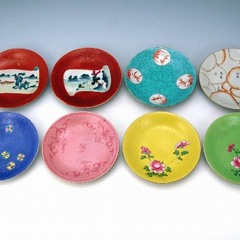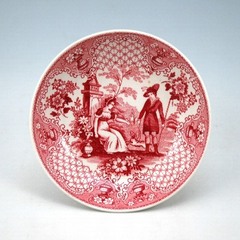Takatori Collection
The Takatori collection, which contains a total of 3,428 items in 1,189 sets, was donated to the museum over three separate occasions (in 1987, 2007, and 2020) by Takatori Noriko and Hideko. The ceramics were used at the former house of the Takatori family (registered as an Important Cultural Property under the name Former ‘Takatori Residence') in Karatsu City, Saga Prefecture.
The collection features Hizen ware including Karatsu ware, Arita ware and Nabeshima ware that has served countless guests, such as members of the Imperial family and important cultural, business, and political figures since the time of Koreyoshi, his wife Shina, and their heir Kuro (husband of Takatori Noriko). It also extensively encompasses ceramics inside and outside Japan, tea gathering ware served in the tea ceremony room ‘Shōfūan’, as well as sake vessels for banquets and writing implement and furniture which decorated the rooms of the residence.
The Former Takatori Residence and The Takatori Family
The Former Takatori Residence is a Japanese-style wooden structure constructed along the west shore of Karatsu Castle by Takatori Koreyoshi in 1905. It has the distinctive features of modern Japanese architecture including Western-style rooms based upon the Japanese style, as well as a Noh stage built in the grand hall, and has excellent internal designs, "Sugito" cedar doors, and "Ranma" transoms. Made with excellent materials and having an exquisite design, this residence was praised for its value as it is one of the most significant Meiji-period Japanese wooden structures in Saga Prefecture. It was designated as an Important Cultural Property of Japan (structures) with the name of the "Former Takatori Family Residence" in 1998.
Takatori Koreyoshi (1850-1927) was born to the Tsuruda family in the Taku territory of the Saga Domain, and later became a member of the Takatori family. He learned about coal mining at the Imperial College of Engineering (the predecessor to the University of Tokyo, Faculty of Engineering) starting in 1872. After working at the Government-operated Takashima Coal Mine, he aspired to manage a coal mine. Eventually he found success as a coal magnate with operations centering around the Kishima Coal Mine. He was also a philanthropist and contributed significantly to the ceramic industry. According to his will, Takatori Kuro, his heir, donated money for the construction cost of the Saga Prefectural Ceramic Research Laboratory. Thus, the first research laboratory was established in Arita and a second laboratory was built in Shiota (Ureshino City). Takatori Shina, Koreyoshi's wife, who was born in Nagasaki, enjoyed tea ceremony and entertained the visitors to the Takatori home.
Takatori Kuro (1888-1959) was the eldest son of Takatori Koreyoshi and the husband of Takatori Noriko. He graduated from the Department of Political Science of the Faculty of Law at Tokyo Imperial University and became vice president of Takatori Kogyo Company and president of Takatori Goshi (limited partnership company) in 1919. He became the president of Kishima Coal Mine Company in 1945 and assumed the position of chairman in 1955. He made great efforts for Karatsu's culture and tourism, including establishing Karatsu Golf Club, assisting in the construction of mountain trails on Mt. Kagami, and the rejuvenation of Ko-garatsu ware.

